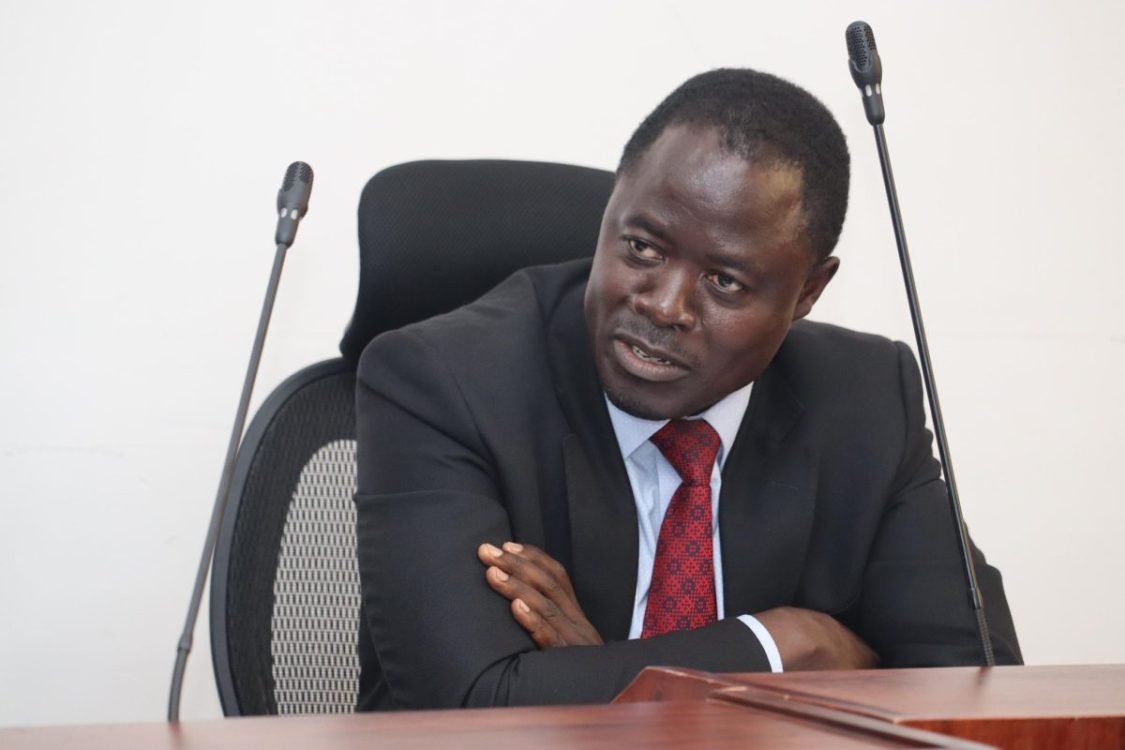Miano: Asal counties likely to experience floods and landslides

The government has said there is a 90 per cent likelihood of an El Nino with above normal rainfall expected in coming days.
East African Community, Arid and Semi Arid Lands (ASAL) Cabinet Secretary Rebecca Miano (pictured) yesterday said ASALs are likely to be more vulnerable due to terrain and the impact of five consecutive failed rain seasons that lasted until March this year.
Most of the ASAL counties are expected to experience floods but Marsabit, Turkana, Baringo, Samburu, Wajir, Garissa, Tana River, Kilifi, Kwale, Taita Taveta, Mandera, Narok and Isiolo have been identified as likely to bear the brunt of the impending El Niño.
Elgeyo Marakwet and West Pokot are likely to experience landslides.
In a ministerial statement on El Niño preparedness, Miano said the National Drought Management Authority (NDMA) under the Ministry has since August conducted El Niño preparedness consultations in all of the 23 counties classified as ASALs.
The talks focused on awareness creation, how to form technical teams, developing probable scenarios and mapping out hotspots. Contingency measures have been updated and response plans and budgets developed in readiness of any eventuality.
Similarly, she said county leadership has been briefed accordingly on the likelihood of El Niño occurrence and the magnitude of expected impacts and the resource requirements for effective response and WhatsApp groups for El Nino response committees established.
She urged counties to prepare adequately for the expected El Nino rains in October-November-December-January by providing early warning information to sectors, partners and communities from Kenya Meteorological Department (KMD).
Also before El Niño, the counties are to develop likely scenarios, review and updating of sectoral contingency plans, sensitisation of communities, mapping of hotspots, having humanitarian supplies up to February next year, stockpiling of food and non-food items, deworming of livestock and school-going children.
They are also expected to construct water-harvesting structures and provision of storage facilities as well as unclogging blocked water channels within urban and peri-urban areas.















